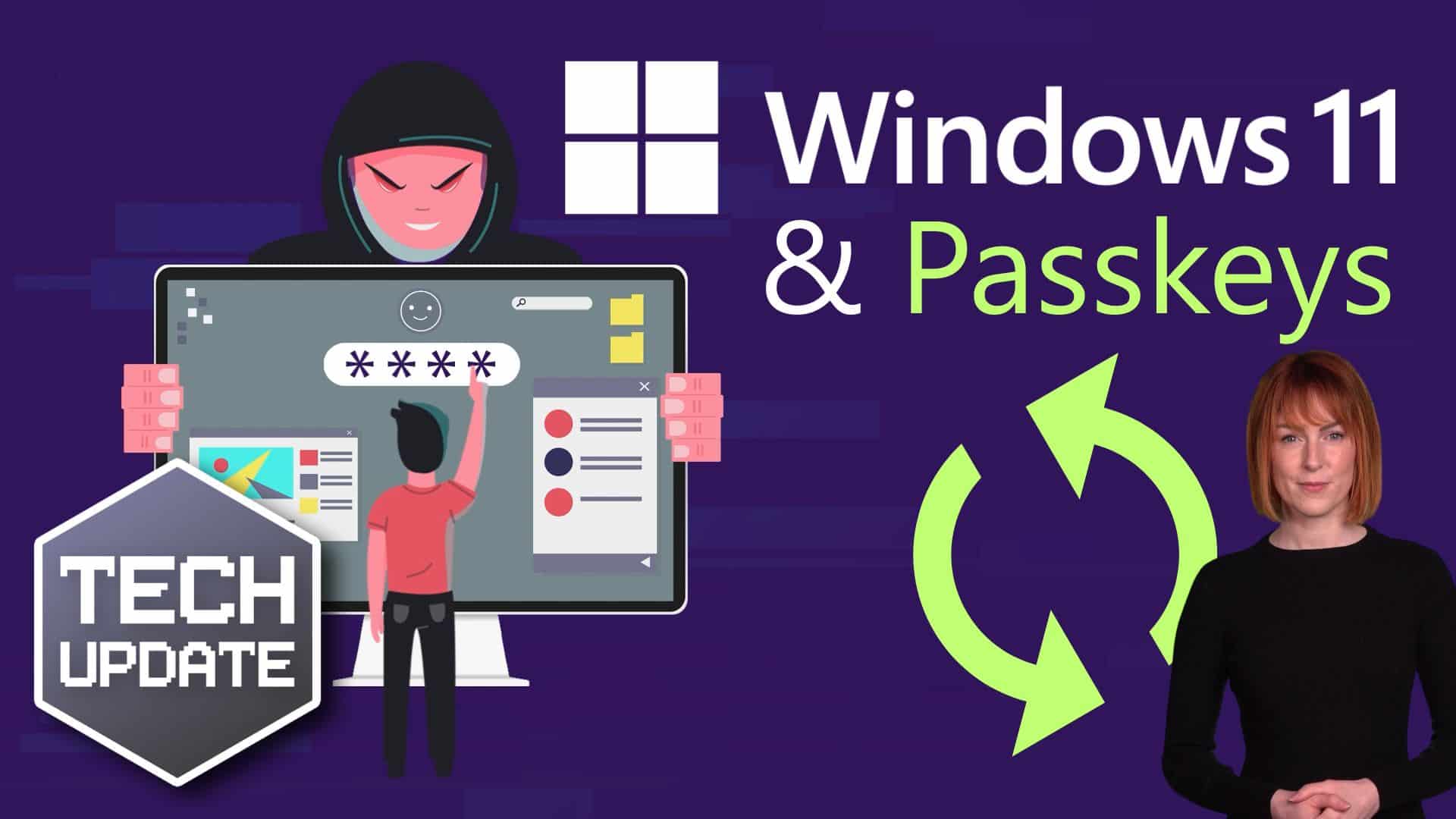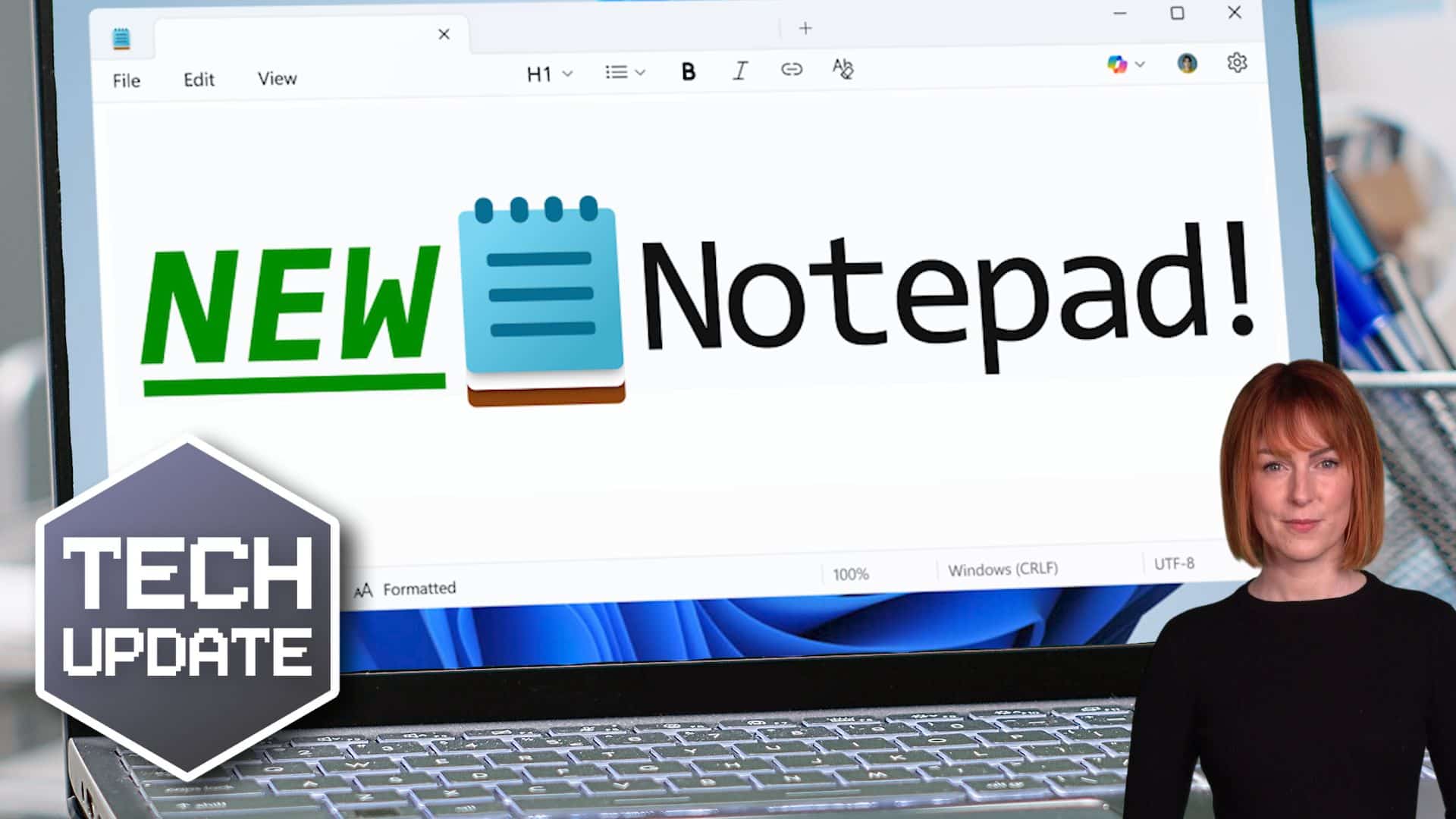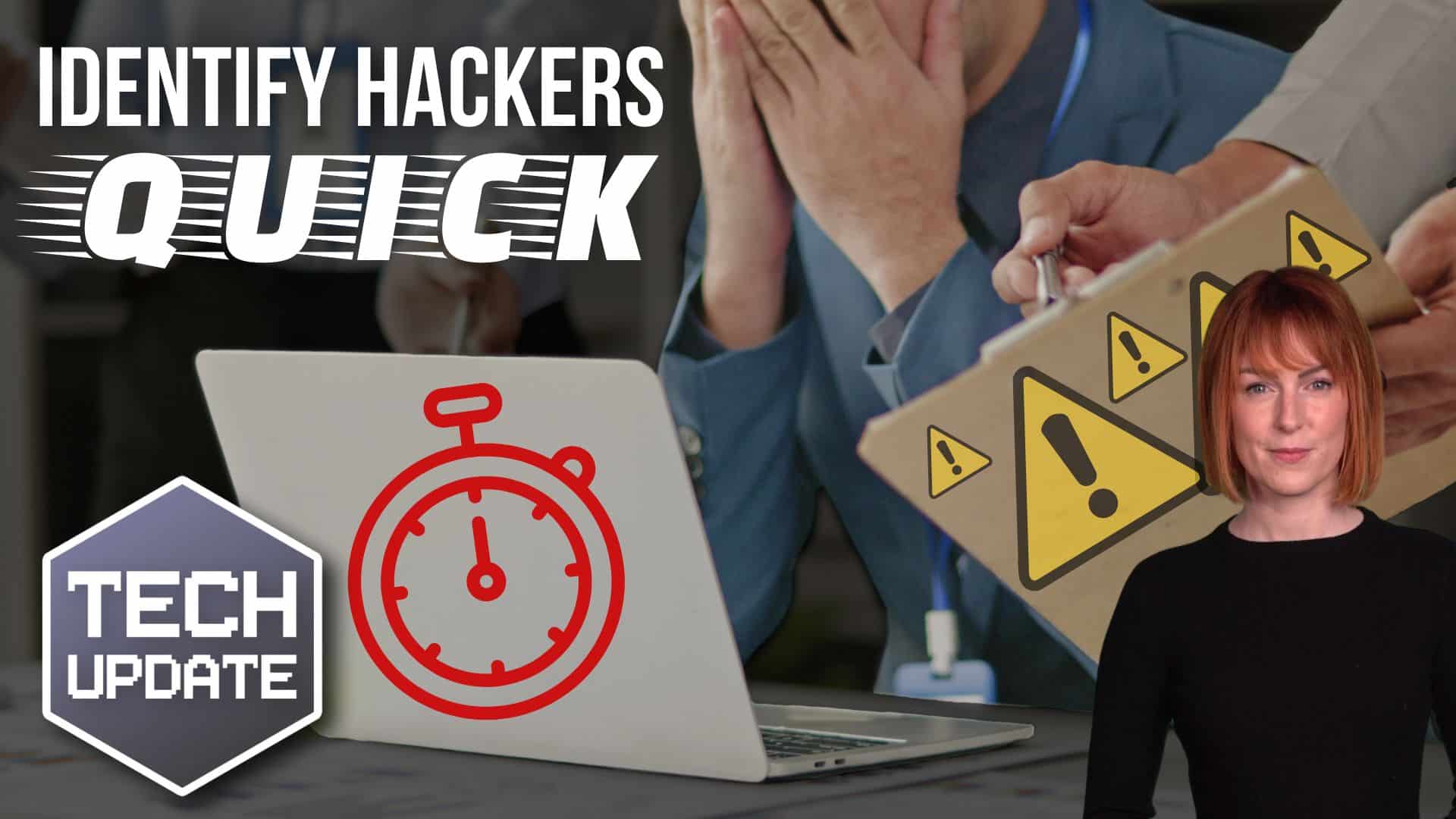Table Of Contents
In the pulsating digital landscape, every click and keystroke echoes through cyberspace. The battle for data security rages on. Businesses stand as both guardians and targets. Unseen adversaries covet their digital assets.
To navigate this treacherous terrain takes a two-pronged approach. Businesses must arm themselves with a sophisticated arsenal of cybersecurity strategies. On one side, the vigilant guards of prevention (Left of Boom). On the other, the resilient bulwarks of recovery (Right of Boom).
Together, these strategies form the linchpin of a comprehensive defence. They help ensure that businesses can repel attacks. And also rise stronger from the ashes if breached.
In this blog post, we’ll explain how to organise your cybersecurity approach into Left and Right of Boom.
What Do “Left of Boom” and “Right of Boom” Mean?
In the realm of cybersecurity, “Left of Boom” and “Right of Boom” are strategic terms. They delineate the proactive and reactive approaches to dealing with cyber threats
“Left of Boom” refers to preemptive measures and preventative strategies. These are things implemented to safeguard against potential security breaches. It encompasses actions aimed at preventing cyber incidents before they occur.
“Right of Boom” pertains to the post-breach recovery strategies. Companies use these after a security incident has taken place. This phase involves activities like incident response planning and data backup.
Together, these terms form a comprehensive cybersecurity strategy. They cover both prevention and recovery aspects. The goal is to enhance an organisation’s resilience against cyber threats.
Left of Boom: Prevention Strategies
User Education and Awareness
One of the foundational elements of Left of Boom is employee cybersecurity education. Regular training sessions can empower staff. They help them identify phishing emails. As well as recognise social engineering attempts and adopt secure online behaviours. An informed workforce becomes a strong line of defence against potential threats.
Employee training reduces the risk of falling for a phishing attack by 75%.
Robust Access Control and Authentication
Implementing strict access control measures reduces the risk of a breach. It helps ensure employees only have access to the tools necessary for their roles.
Access control tactics include:
- Least privilege access
- Multifactor authentication (MFA)
- Contextual access
- Single Sign-on (SSO) solutions
Regular Software Updates and Patch Management
Outdated software is a common vulnerability exploited by cybercriminals. Left of Boom strategies include ensuring all software is regularly updated. They should have the latest security patches. Automated patch management tools can streamline this process. They reduce the window of vulnerability.
Network Security and Firewalls
Firewalls act as the first line of defence against external threats. Install robust firewalls and intrusion detection/prevention systems. They can help track network traffic and identify suspicious activities. Additionally, they help block unauthorised access attempts. Secure network configurations are essential to prevent unauthorized access to sensitive data.
Regular Security Audits and Vulnerability Assessments
Conduct regular security audits and vulnerability assessments. This helps to identify potential weaknesses in your systems. By proactively addressing these vulnerabilities, organisations can reduce risk. They can reduce the chance of exploitation by cybercriminals.
Penetration testing can also simulate real-world cyber-attacks. This allows businesses to evaluate their security posture effectively.
Right of Boom: Recovery Strategies
Incident Response Plan
Having a well-defined incident response plan in place is crucial. This plan should outline the steps to take in the event of a security breach.
It should include things like:
- Communication protocols
- Containment procedures
- Steps for recovery
- IT contact numbers
Regularly test and update your incident response plan. This ensures it remains effective and relevant.
Data Backup and Disaster Recovery
Regularly backing up data is a vital component of Right of Boom. Another critical component is having a robust disaster recovery plan.
Automated backup systems can ensure that critical data is regularly backed up. As well as ensuring it can be quickly restored in the event of a breach. A disaster recovery plan allows businesses to resume operations swiftly after an incident.
Forensic Analysis and Learning
After a security breach, conduct a thorough forensic analysis. It’s essential to understand the nature of the attack. As well as the extent of the damage, and the vulnerabilities exploited.
Learning from these incidents enables organisations to strengthen their security posture further. This makes it harder for similar attacks to succeed in the future.
Legal and Regulatory Compliance
Navigating the legal and regulatory landscape after a security breach is important. Organisations must follow data breach notification laws and regulations. Timely and transparent communication with affected parties is essential. It’s vital to maintaining trust and credibility.
Get Help with a Strong 2-pronged Cybersecurity Strategy
Using Left and Right of Boom strategies can improve your security stance. These terms help you consider both important aspects of a strong defence.
If you’d like some help getting started, give us a call at 01423 438953 today to schedule a chat.
—
This Article has been Republished with Permission from The Technology Press.
Get In Touch
Need expert IT assistance? Contact Hamilton Group today! Our specialists offer top-notch solutions tailored to your needs. Don’t let tech troubles hold you back.
Talk to us about your business 0330 043 0069
Or E-mail hello@hgmssp.com and one of our experts will get back to you.
Schedule A Quick Callback
The fastest way to figure out if we’re a good fit for your business is to have a quick chat about it. Schedule a 15-minute call so we can get right to the point.
Proactive, Responsive, Hamilton Group
Grab a drink and let’s have a quick chat about your business, and see how we can help you.
Book your call below or call us on 0330 043 0069


Carl Hamilton
A Message from our Founder/CEO
“We treat every client as if they were a part of our business to provide quality and comprehensive IT support that can be counted on 24/7, 365 days a year. We succeed only when you succeed.”
Let’s work together
IT Support You Can Trust
The best IT Support in Harrogate is also delivered across the UK 24/7 and we are ready to help you with all your Managed IT service needs. Services are provided in areas including Leeds, Liverpool, Manchester, Wakefield, Wetherby, York, Newcastle, Bradford, Bolton, Glasgow, Wigan, Derby, London, Luton, Birmingham, Sheffield, Peterborough, Portsmouth, Reading, Nottingham, Milton Keynes, Telford, and more.
Talk to us about partnering with an IT Support Company that cares
Move your business forward not back with HG.
Same Day Call-back.
Monday – Friday 09:00 – 17:30.
“Our email wasn’t performing very well so we asked Hamilton Group to take a look & Carl proposed to migrate us to MS Exchange.
Carl was very helpful throughout & the migration went very well.
He was on hand to sort out any teething issues, taking calls early morning & into the night, to ensure we were up & running smoothly.
Would recommend for knowledge, attention to detail & great customer service.”
Ian Porter
Fotofabric Limited












